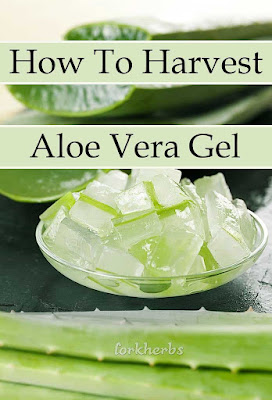Zero-Maintenance Method for Growing Houseplants
We’ve finally found a solution for people who love houseplants but don’t love when their feline roommates treat the fiddle leaf fig-like their own private letterbox. Here are Fifteen (15 ) houseplants and herbs that can grow in a water jar, its called hydroponic, It means they can live without potting soil, in just a water jar. Not only is this dirt-free way low-carrying and pet-friendly, but it also appears to allow some stunning arrangements.
While the cut is still fresh, place the plant part in a glass vessel with water. Keep a vessel with a slimmer neck that will hold the stem of the plant, like the rounded glass jars over from Heimelig. Because the fresh plant will take all of its nutrients from the water, the water type is key here. Use well water or bottled spring rather than tap water, which is oftentimes stripped of some nutrients thanks to filtration and chlorination.
Watch your growing plant buddy for indications of rooting, which typically starts after 10 to 15 days. When the water reaches low, fill it off with some extra bottled water.
Above:
One Kings Lane grows rosemary, fiddle leaf figs, and geraniums in glass containers, making a display that’s lovely sufficient to serve as a centrepiece. Bonus: You can pluck fresh rosemary sprigs right off the arrangement.How it works:
To grow, plants demand oxygen, water, nutrients, and some maintenance to keep themselves correct. Traditional houseplants make those last 2 requirements gathered with soil. But if you ditch the dirt in support of nutrient-rich water and a bottle-neck jar that holds the stems? Then, presto—you’ve arranged yourself a soil-free indoor garden.Why it’s the best ever:
This process effectively drops the leading problems of houseplant death: over- and under-watering. Without soil, your plants are also far less likely to face pest problems or disease. A bonus point is, regular carrying is decreased to a twice-a-month water refill.How to set it up:
Choose a plant that you think will root in water ( Check below a list for some best options that work well ) and cut off a part plainly below the leaf, where the plant’s natural rooting hormone is vital.While the cut is still fresh, place the plant part in a glass vessel with water. Keep a vessel with a slimmer neck that will hold the stem of the plant, like the rounded glass jars over from Heimelig. Because the fresh plant will take all of its nutrients from the water, the water type is key here. Use well water or bottled spring rather than tap water, which is oftentimes stripped of some nutrients thanks to filtration and chlorination.
Watch your growing plant buddy for indications of rooting, which typically starts after 10 to 15 days. When the water reaches low, fill it off with some extra bottled water.
Plants to pick from:
This isn’t an exhaustive list, but here are some easy species to start with.Houseplants:
- Philodendron
- English Ivy
- Peace Lily
- Fiddle leaf fig
- Coleus
- Geranium
- Begonia
- Jade
- Spider plants
Herbs:
- Oregano
- Mint
- Rosemary
- Basil
- Sage
- Lavender




Comments
Post a Comment